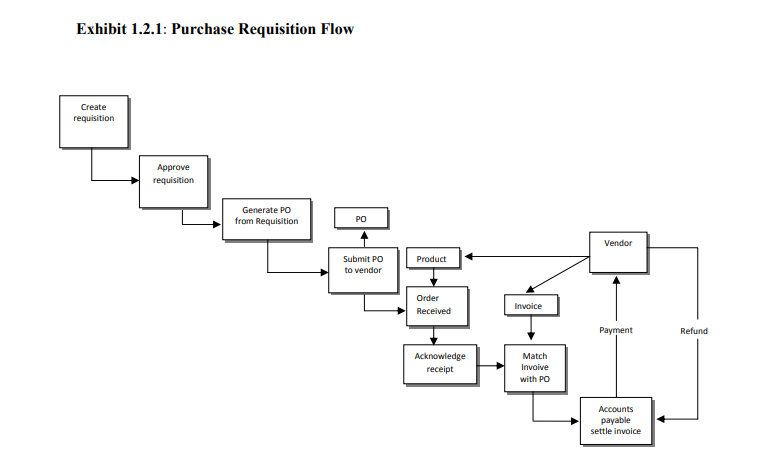The most common method of informing purchasing of material needs is through a purchase requisition. Users may also transmit their needs by phone, by word of mouth or through a computer generated method.
Although there are a variety of purchase requisition formats, every requisition should contain the following;
Description of required material or service
Quantity and date required
Estimated unit cost
Operating account to be charged
- Date of requisition (this starts the tracking cycle)
- Date required
- Authorized signature
Although varieties of formats exist, at a minimum a purchase requisition should include a detailed description of the material or service, the quantity, date required ,estimated cost and authorization. This form of communication for a specific need is called a requisition. A requisition is an electronic or paper form that provides some critical information about the need. A typical requisition will provide a description of the product (e.g a valve) the material and color (brass, red valve), the quantity required (20 red brass valves), the intended purpose (20 red brass valves to be used in a maintenance project for equipment XYZ) and the required date for delivery (three weeks).
Sometimes a service is required. For instance, marketing may want to purchase an advertising campaign R & D may need a clinical trial or human resources may need to print a brochure. In this case, the user will complete a statement of work (SOW) that specifies the work that is to be completed, when it is need and what type of service provider is required. A standard purchase requisition or SOW is used most often for routine, noncomplex items that are increasingly being transmitted through online requisitioning systems linking users with purchasing. An online requisition system is an internal system designed primarily to save time through efficient communication and tracking of material requests. Users should use these systems only if they require purchasing involvement. It is possible that users have access to other systems that will allow them to purchase an item directly from a supplier such as corporate procurement card. In that ease requisitions forwarded to purchasing are unnecessary.
There are wide differences across organizations in the quality and use of electronic purchase requisition systems. A system that simply requires users to submit to purchasing what they require for electronic transmission is similar to electronic mail. This type of system provides little added value except to speed the request to purchasing. Conversely, one system was so complex that users were afraid to use it.
This type of system provides little added value except to speed the request to purchase. They bypassed online requisitioning and relied instead on the phone or intracompany mail. Exhibit 1.2.1 provides further details regarding how a purchase requisition is approved, converted into a purchase order, and ultimately prepared for delivery and payment. Although the user may suggest a supplier, purchasing has final selection authority.

For routine, off the shelf items, the requisition may contain all the information that purchasing requires. However, for technically complex or nonstandard items, Purchasing may require additional information or specifications with the requisition. Examples of such specifications include the grade of material method of manufacture and detailed measurements and tolerance. Purchasing may send an acknowledgment of the receipt of the purchase requisition to the requestor. This acknowledgment often takes the form of a confirming order requisition. The acknowledgement may be a separate form notifying the user that purchasing has received and is
processing the requisition, or it may he a copy of the original requisition. The confirmation verifies the accuracy of the user’s material request.
